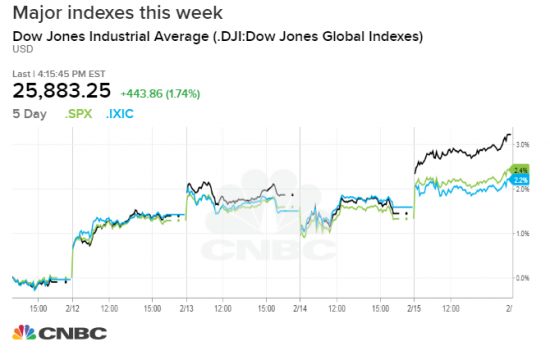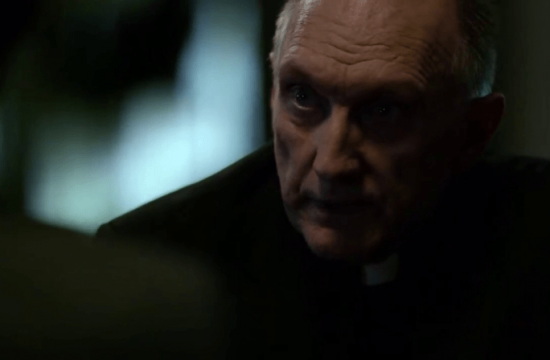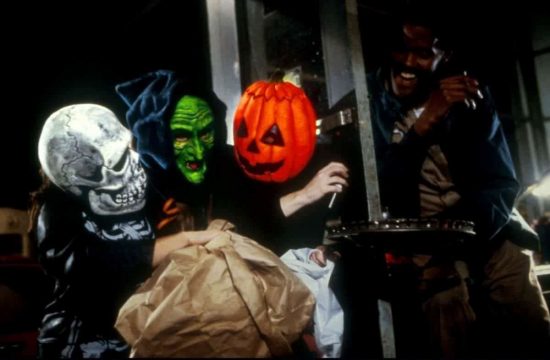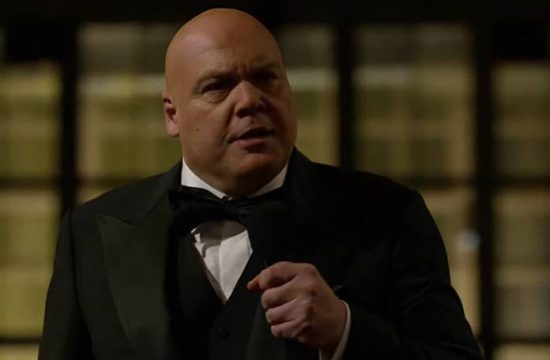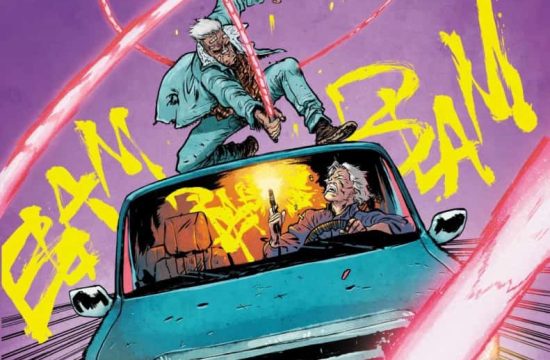Sean Murphy’s highly acclaimed BATMAN: WHITE KNIGHT miniseries introduced us to a Gotham City built on an eerie question: What if Batman’s greatest archenemy was cured of his insanity?
Now that all eight issues of the series are available in a DC Black Label collected edition, old fans can revisit this story once more and new readers, like myself, can fully immerse themselves for the first time and enjoy Murphy’s out-of-continuity take on the infamous rivalry between Batman and the Joker.
What initially starts off this story as a typical car chase between the Caped Crusader and the Clown Prince of Crime, ends in a bloody fistfight that leaves the Joker lying on the floor of a pharmaceutical warehouse nearly beaten to death at the hands of the Bat.

During this altercation, Joker taunts Batman with pills that have the ability to cure his insanity. With them, he claims he could put Gotham back on track better than Batman ever could. An angry Batman takes it as a challenge, grabs the pills and shoves them down the Joker’s throat as Batgirl, Nightwing, Commissioner Gordon and (eventually) all of Gotham watches.
At this point, which is just pages into the story, Sean Murphy has you instantly hooked and emotionally invested. This scene is just so brutally jarring and incredibly intense, and also very critical since it paves the way for the introduction of Jack Napier, Joker’s newly rehabilitated self.
White Knight follows the controversy ignited by the brutal beatdown of the Joker and the consequences of Batman’s actions as he seems to lose his own sanity from the distrust he has of Jack. While his feelings aren’t unwarranted, they take a toll on his relationship with his fellow heroes, closest friends and Gotham City.
When the Dark Knight becomes the greater threat in the eyes of Gotham, Jack Napier, or rather, the self-proclaimed White Knight steps in to further criminalize the vigilante. His means of doing so are through politics and influencing public opinion to expose the GCPD’s coverups of how much damage Batman physically and economically inflicts on Gotham’s citizens. But as we see him carry out these plans, we soon learn that Jack’s rehabilitation doesn’t necessarily make him the “good guy” he publicly portrays himself to be.

A recurring theme made apparent by both Jack and his psychotic persona is that he and Batman aren’t much different in their crusade to save Gotham. Both go above the law and take whatever means necessary to protect the city, even if it means possibly endangering the lives of the innocent. Both have a distorted representation of justice, and it makes you question if the Joker’s not wrong when he says that Batman is the greatest villain in Gotham City.
Even though Jack is cured, he still feels very much like the Joker at times, which is something that makes this version of the character so compelling. His unnatural obsession with Batman is still there—as is its dual nature. Even as Jack plots against the Dark Knight, he continues to believe that they can work together despite all they’ve been through. He even goes so far at to protect Batman in ways that shows he still respects him. It’s a very odd relationship that no one will ever fully understand, but again, it makes their lasting impact as rivals so alluring in this story.
We all know that wherever there’s a Joker, there’s gotta be a Harley Quinn right by his side, and in this case, there are two of them. The original Harley, who had abandoned the Joker after it became clear that she would always be second fiddle to Batman in the Joker’s mind, comes back after Jack’s transformation. The intimate moments shared between Jack and this original Harley are some of my personal favorites throughout the story. That the Joker possesses tender and heartfelt emotions is truly shocking, considering how psychotic he was.

Harley Quinn remains by Jack’s side throughout his reform, but is under constant threat from a second, newer Harley, who entered the Joker’s life after the original left. This Harley loves the psychopath, not the man who was hidden within, and is angry when she learns that Jack has reformed. Believing Gotham City needs a Joker, this Harley eventually steps into the role herself, adopting the name Neo Joker. In this new Joker’s crazed efforts to bring the original Joker back, she becomes a greater threat than Jack ever was to Batman and Gotham.
As Jack continues on with his efforts to discredit Batman’s reputation and Neo Joker wreaks havoc on Gotham, the Caped Crusader has other issues to deal with that are much more personal. Alfred is deathly ill and relies on Mr. Freeze’s freeze-tech to stay alive. Bruce’s butler is often portrayed as Batman’s moral compass, but this dynamic is even more pronounced in the world of White Knight. With Alfred unavailable, Bruce becomes unhinged under the threat Jack and the rest of Batman’s enemies present to Gotham. The relationship he has with Batgirl and Nightwing also suffers throughout the story. Batgirl is loyal to Batman, but feels caught in the middle of the crippling tension that he shares with Nightwing.
Sean Murphy’s imaginative series excels with its storytelling and intricate artwork, both of which are beautifully crafted by him. While Batman: White Knight boasts a satisfying conclusion, Murphy’s story is far from over and will continue in BATMAN: CURSE OF THE WHITE KNIGHT in 2019. Fans will be well-served to get onboard this unique, modern story now. Like the mysterious pills that Jack downs, it’ll change everything you know about the Joker.
BATMAN: WHITE KNIGHT by Sean Murphy and Matt Hollingsworth is now available in print and as a digital download.
Lissete Gonzalez writes about film, TV and comics for DCComics.com and is a regular contributor to the Couch Club, our weekly TV column. Look for her on Twitter at @lissete74.

